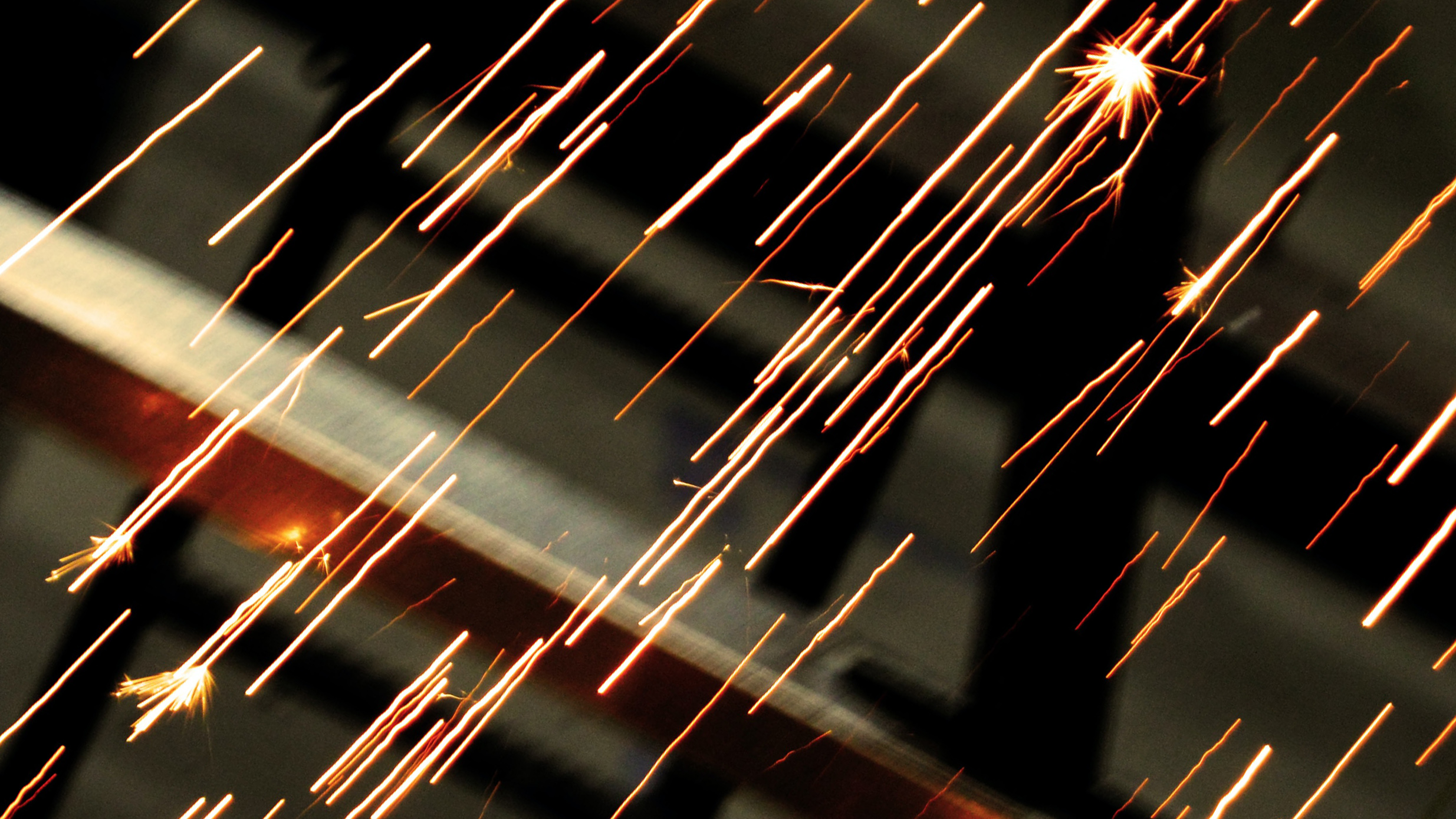Introduction to Mechanisation

Often mechanisation is introduced for several reasons, ranging from; client standards, improvements needed for welding productivity or quality, large batch fabrication where repeatable set-ups are witnessed and large lengths of welds or welding processes which tend not to have manual capability.
Mechanised systems can be bespoke and highly sophisticated or simplistic by design. Here are several common systems used in industry.
Tractor Systems
Welding tractor system can be used for welding fillet and butt welds in long straight lengths. It may be able to accommodate large radii, but it is often used in flat straight lines. Welding processes commonly used on these type devices include MIG/MAG, TIG or SAW.

Welding Seamer Benches

Used to weld longitudinal seam from rolled sections. Rams or fingers hold the items in place with pneumatic pressure systems prior to welding. This equipment will be able to be used on various welding diameters and lengths. These machines will only be where access is witnessed externally. Often used on MIG/ MAG and TIG processes.
Column and Booms + Narrow Gap Welding
These machines are used for welding vessels, offshore piles etc. Welding seams can be longitudinal or circumferential with the addition of roller beds or positioners. This equipment could be used for cladding vessels with large diameters for corrosion resistance properties in service. It's possible to weld both internally and externally with this system. Narrow gap (NP) systems can be used with this equipment, narrow gap welding has many advantages including reduction in weld time, reduction in distortion levels, reduction in the consumption of filler material. Narrow gap processes can be used with MIG/MAG, TIG or SAW processes.

Orbital Welding

These systems are often used in situation where the pipe is fixed in a position and welding process “orbits” around the pipe. Each process has additional controls, AVC (arc voltage control) for TIG processes preventing the welder having to control the arc gap or (voltage) during welding. For MAG welding applications Lincoln electric have created Power Mode. Power mode is used as an alternative to constant voltage control, it reacts to stick out changes which can be seen due to pipe ovality. Power Mode controls “watt energy” ensuring constant penetration, whereas constant voltage control can create lack of fusion problems if stick out increases due to the I2R Law.
Why choose mechanisation?
- Increase productivity
- Welding quality becomes more consistent
- Heat inputs are more consistent
- Welding programs can be created and locked for reducing operator adjustments
- Machines can transmit a permanent record
- WPS compliance
- Save on welding consumables usage
Things to consider
- Ensure a consistent set-up, mechanised systems do not do well with set-up variations
- Select a joint configuration to suit the mechanisation application
- Joint seam tracking maybe required
- Setting-up a program can be complicate if weaving is necessary
- Ensure you developed the process before qualifying the WPQR